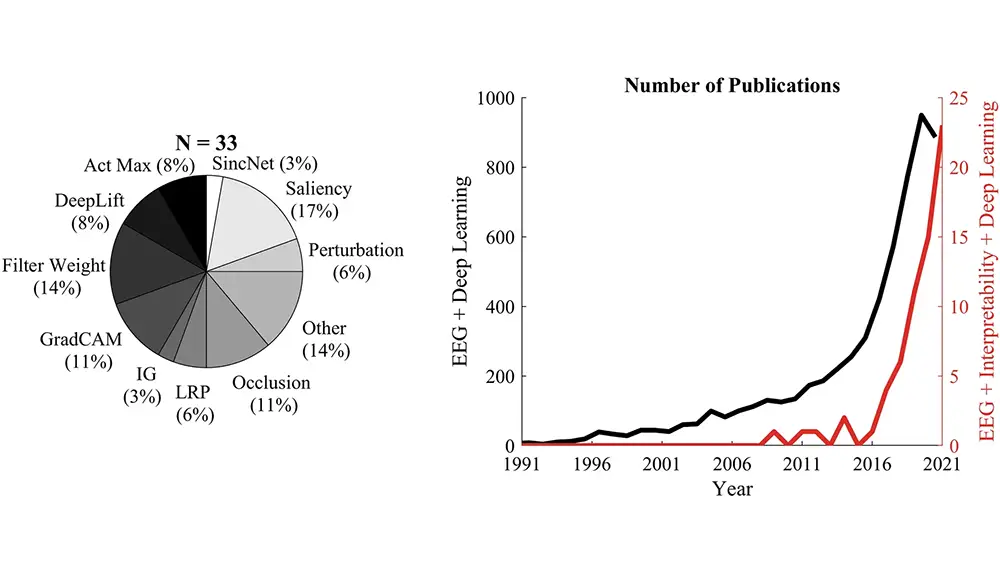It’s normal to think that machine learning (ML) and natural language processing (NLP) are synonymous, particularly with the rise of AI that generates natural texts using machine learning models. If you’ve been following the recent AI frenzy, you’ve likely encountered products that use ML and NLP.
While they’re undoubtedly intertwined, it’s essential to understand their distinctions and how they harmoniously contribute to the broader AI landscape.
What Is Machine Learning?
Machine learning is a field of AI that involves the development of algorithms and mathematical models capable of self-improvement through data analysis. Instead of relying on explicit, hard-coded instructions, machine learning systems leverage data streams to learn patterns and make predictions or decisions autonomously. These models enable machines to adapt and solve specific problems without requiring human guidance.
An example of a machine learning application is computer vision used in self-driving vehicles and defect detection systems. Image recognition is another example. You can find this in many face recognition search engines.
Natural language processing (NLP) is a subset of artificial intelligence that focuses on fine-tuning, analyzing, and synthesizing human texts and speech. NLP uses various techniques to transform individual words and phrases into more coherent sentences and paragraphs to facilitate understanding of natural language in computers.
Practical examples of NLP applications closest to everyone are Alexa, Siri, and Google Assistant. These voice assistants use NLP and machine learning to recognize, understand, and translate your voice and provide articulate, human-friendly answers to your queries.
NLP vs. ML: What Do They Have in Common?
A point you can deduce is that machine learning (ML) and natural language processing (NLP) are subsets of AI. Both processes use models and algorithms to make decisions. However, they differ in the type of data they analyze.
Machine learning covers a broader view and involves everything related to pattern recognition in structured and unstructured data. These might be images, videos, audio, numerical data, texts, links, or any other form of data you can think of. NLP only uses text data to train machine learning models to understand linguistic patterns to process text-to-speech or speech-to-text.
While basic NLP tasks may use rule-based methods, the majority of NLP tasks leverage machine learning to achieve more advanced language processing and comprehension. For instance, some simple chatbots use rule-based NLP exclusively without ML. Although ML includes broader techniques like deep learning, transformers, word embeddings, decision trees, artificial, convolutional, or recurrent neural networks, and many more, you can also use a combination of these techniques in NLP.
A more advanced form of the application of machine learning in natural language processing is in large language models (LLMs) like GPT-3, which you must’ve encountered one way or another. LLMs are machine learning models that use various natural language processing techniques to understand natural text patterns. An interesting attribute of LLMs is that they use descriptive sentences to generate specific results, including images, videos, audio, and texts.
Applications of Machine Learning
As mentioned earlier, machine learning has many applications.
- Computer vision: Used in fault detection and autonomous vehicles.
- Image recognition: An example is Apple’s Face ID recognition system.
- Bioinformatics for analyzing DNA patterns.
- Medical diagnosis.
- Product recommendation.
- Predictive analysis.
- Market segmentation, clustering, and analysis.
That’s just a few of the common applications for machine learning, but there are many more applications and will be even more in the future.
Applications of Natural Language Processing
Although natural language processing (NLP) has specific applications, modern real-life use cases revolve around machine learning.
- Sentence completion.
- Smart assistants like Alexa, Siri, and Google Assistant.
- NLP-based chatbots.
- Email filtering and spam detection.
- Language translation.
- Sentiment analysis and text classification.
- Text summarization.
- Text comparison: You can find this in grammar assistants like Grammarly and AI-powered theoretical marking schemes.
- Named entity recognition for extracting information from texts.
Similar to machine learning, natural language processing has numerous current applications, but in the future, that will expand massively.
Machine Learning and Natural Language Processing Are Intertwined
Natural language processing (NLP) and machine learning (ML) have a lot in common, with only a few differences in the data they process. Many people erroneously think they’re synonymous because most machine learning products we see today use generative models. These can hardly work without human inputs via textual or speech instructions.



Leave a Reply